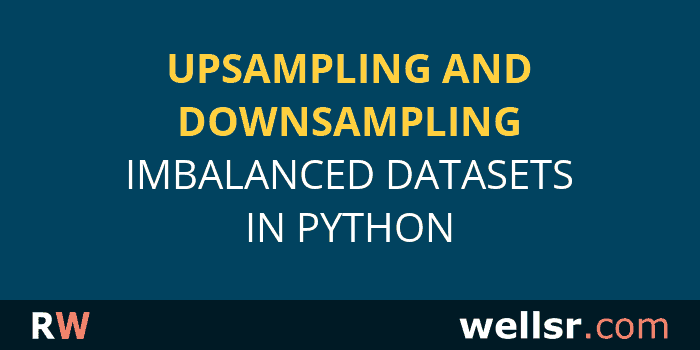
Upsampling and Downsampling Imbalanced Data in Python
Nov 12, 2021
Handling imbalanced data in Python is essential. In this tutorial, we'll show you how to balance datasets using two upsampling and one downsampling technique.
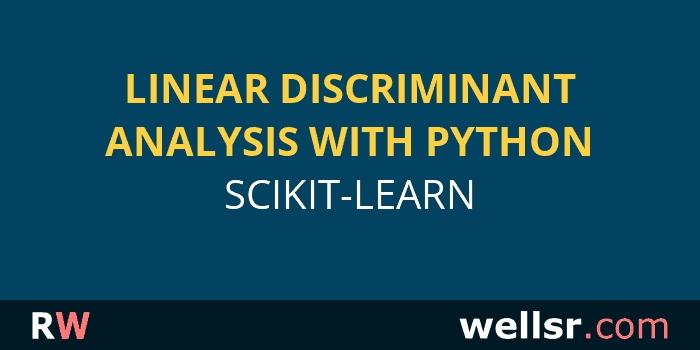
Linear Discriminant Analysis with Python scikit-learn
Oct 29, 2021
Here's how to do linear discriminant analysis (LDA) for dimensionality reduction in Python using sklearn. We'll compare our LDA results to PCA, too.

Ultimate VBA Training Bundle
$120.00 $57.00
Want to learn more programming languages? We've combined each of our comprehensive VBA reference guides into a single bundle with over 200 tips and macros covering the 125 most important topics in VBA.

Python PCA Examples with sklearn
Oct 22, 2021
Let's take a look at some examples showing how to use principal component analysis (PCA) for dimensionality reduction with the Python scikit-learn library.
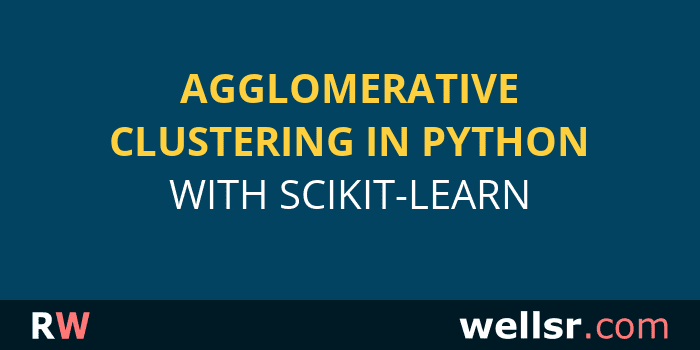
Python Agglomerative Clustering with sklearn
Oct 15, 2021
We're going to walk through a real-world example of how to perform Python hierarchical clustering in sklearn with the agglomerative clustering algorithm.
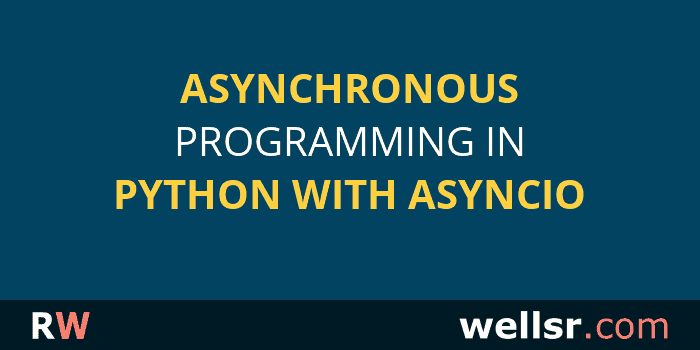
Asynchronous Programming in Python with Asyncio
Oct 8, 2021
Let's talk about how to do asynchronous programming in Python using the asyncio module. Asynchronous functions are functions that execute in parallel.
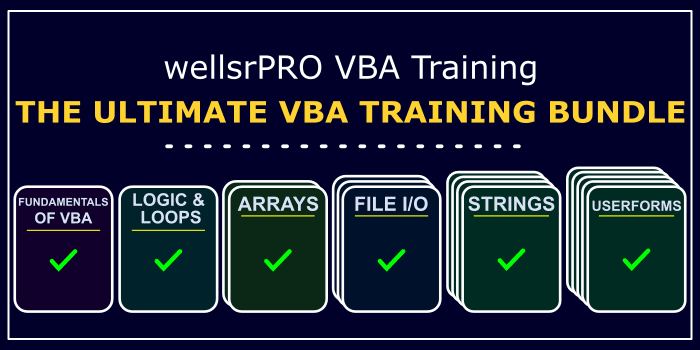
Thought about learning VBA?
$120.00 $57.00
We created a suite of 6 VBA cheat sheets with over 200 tips showing you everything you need to know to start making power Excel applications. Take a look!

Python k-means clustering with scikit-learn
Sep 24, 2021
Let's walk through a real-world example of how to perform data clustering using the Python scikit-learn k-means clustering algorithm.
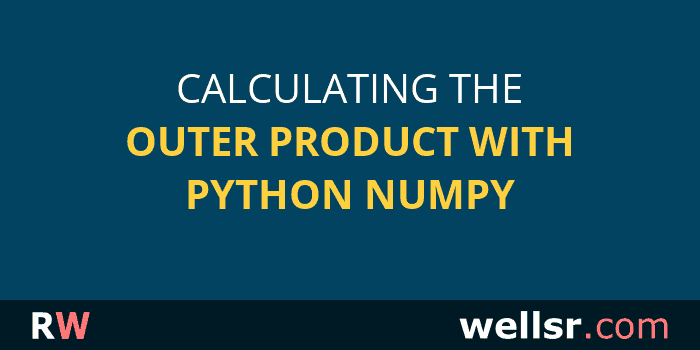
Outer Product of Two Vectors or Matrices with Python NumPy
Sep 10, 2021
Today we're going to show you examples of how to calculate the outer product of two vectors or matrices using the NumPy library in Python.
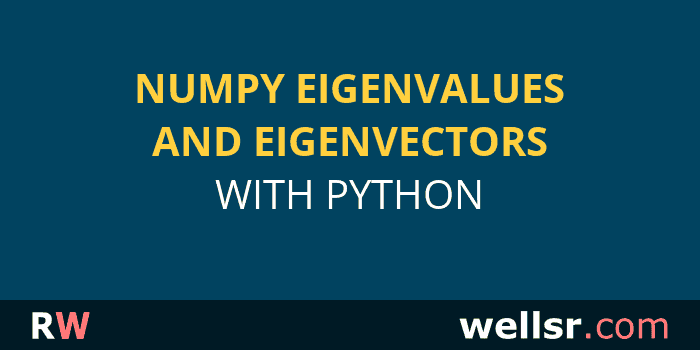
NumPy Eigenvalues and Eigenvectors with Python
Aug 13, 2021
Let's learn how to calculate eigenvalues and eigenvectors for a given matrix using the NumPy eigvals and eig methods in Python.

Sorting items in Python using Sort and Sorted Methods
Jul 31, 2021
This article explains sorting in Python using the Sort and Sorted methods. The former sorts items in-place while the latter create copies of sorted collections, like lists and dictionaries.
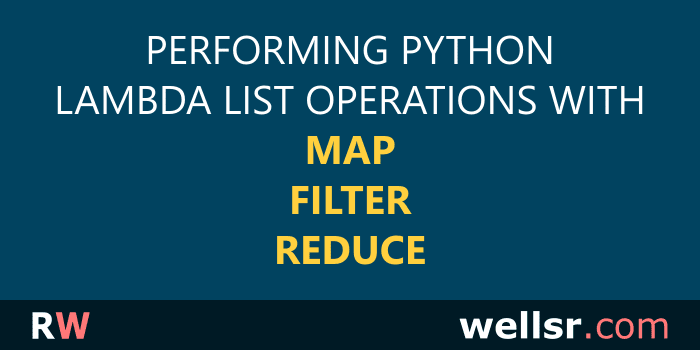
Python Map, Filter and Reduce for Lambda Functions
Jul 23, 2021
This article explains how to perform different operations on individual items in Python lists using the Map, Filter and Reduce functions with Lambda functions.
subscribe via RSS